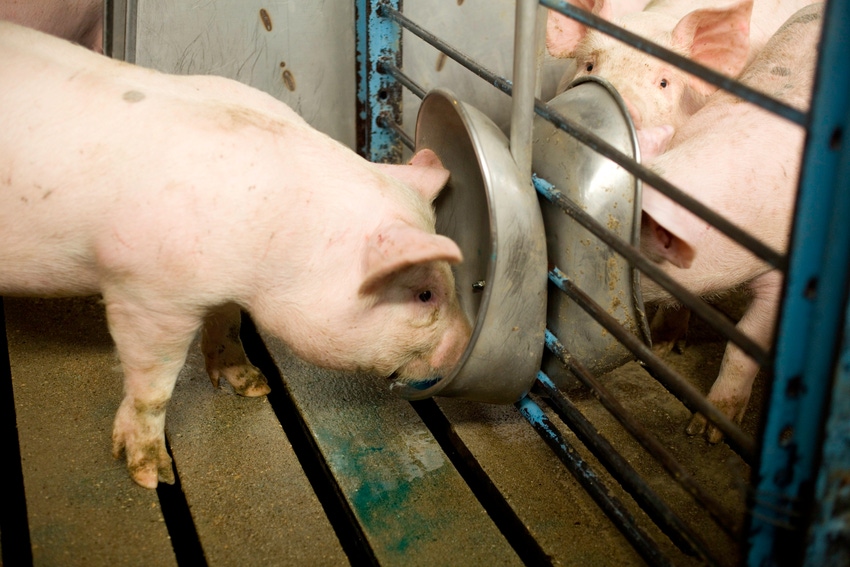Learnings from 20 years of Enterisol Ileitis use in pigs explored
One long-standing health challenge is porcine proliferative enteropathy (PPE) or “ileitis.”
March 9, 2021

Solving health challenges and having effective tools to promote wellbeing and production performance is the goal of every swine veterinarian.
One long-standing health challenge is porcine proliferative enteropathy (PPE) or “ileitis.”
PPE was first described in the 1930s when epithelial proliferative lesions in the intestine were reproducible by feeding intestinal contents and mucosal scrapings to susceptible pigs. At the time, etiology could not be determined.
In the 1970s a group began investigating the disease and found the bacterium responsible for PPE was a new species that was named in 1995, Lawsonia intracellularis. Six years later, in 2001, the first vaccine against the disease, Enterisol Ileitis, was launched in the U.S.
Fernando Leite, DVM, MS, PhD; Greg Cline, DVM; John Waddell, DVM, MBA; Jeremy Kroll, PhD; Jeff Husa, DVM; Edgar Diaz, DVM, and Oliver Gomez-Duran, DVM, PhD, all of Boehringer Ingelheim Animal Health USA Inc., have prepared a review of the 20-year history of the use of Enterisol Ileitis for the control of PPE. It was presented during a session at the American Association of Swine Veterinarians virtual meeting. Their focus was on sharing the learnings to date on the disease and vaccine.
Enterisol Ileitis is an oral live attenuated vaccine, containing a non-virulent strain of Lawsonia intracellularis to mimic natural infection and induce mucosal immunity with one dose. It is given by oral drench prior to weaning or through the water in later ages.
Click the download button below for the complete paper and history.
You May Also Like



